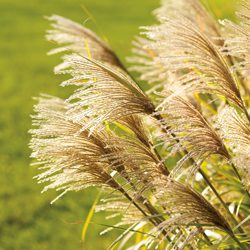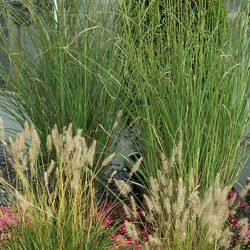Ornamental grasses are a versatile and beautiful addition to any landscaping project. They offer a variety of benefits, including adding texture, movement, and visual interest to the garden.
There are many different types of ornamental grasses to choose from, each with its unique characteristics and growth habits. Whether used as borders, accents, or focal points in the garden, ornamental grasses can truly elevate the overall aesthetic appeal of any outdoor space.
Low Maintenance Elegance
Create a serene and elegant outdoor space with carefully selected landscaping elements. By incorporating elegant landscaping grass, low-maintenance plants, easy-care ornamental grasses, and minimal upkeep landscaping features, you can enjoy a beautiful garden without the need for constant maintenance. Choosing low-maintenance options allows you to spend more time enjoying your outdoor space rather than constantly tending to it.
Versatility in Design and Functionality
From tall and elegant grass varieties that sway gracefully in the wind to low-growing species that provide ground cover and structure, there is truly something for every garden style. Ornamental grasses are not only visually appealing but also offer practical benefits such as erosion control, water filtration, and habitat for wildlife.
Year-Round Interest and Texture
Ornamental grasses can provide movement and depth to your landscape, while winter interest plants like hollies or conifers add color and structure when other plants are dormant. Experimenting with different combinations of plants can help you achieve a diverse and captivating garden design that pleases the eye throughout the seasons.
Eco-Friendly Landscaping Choice
By incorporating native plants and utilizing organic gardening practices, you can create a beautiful outdoor space that is also beneficial for the environment. Using permeable paving materials can help reduce stormwater runoff and minimize erosion. Making eco-conscious choices in your landscaping contributes to a healthier planet but also creates a sustainable and attractive outdoor area for you to enjoy for years to come.
Cost-Effective Solution for Beautiful Landscapes
Investing in cost-effective landscaping solutions saves you money upfront but also adds value to your property in the long run. By choosing affordable ways to enhance your outdoor space, you can create beautiful, visually appealing and sustainable. Choose wisely and transform your outdoor space into a picturesque haven that you can enjoy for years to come.












